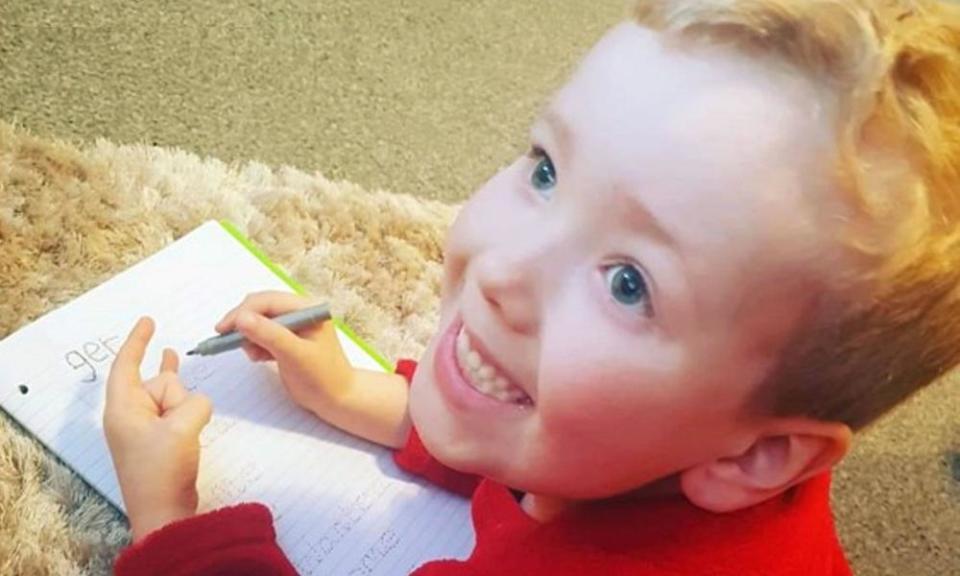The Guardian view on Arthur Labinjo-Hughes: more lessons to learn

The promised review into the six-year-old’s death must not shy away from constraints linked to shrinking resources
There is no easy way to make tragedies like the murder of Arthur Labinjo-Hughes less likely to happen. Child protection involves confronting experiences that many people can hardly bear to think about – witness the reactions to the horrifying evidence heard in the trial of the six-year-old’s killers, Thomas Hughes (his father) and Emma Tustin (his father’s partner). The number of homicides of children aged 15 or under in England and Wales fell to 45 in the year ending in March 2020, its lowest level for four years. It is very rare for a child to be murdered by a stranger.
But with a review into Arthur’s death promised by ministers, there are rising fears that last year’s lockdown could have led to – and also masked – a rise in the most serious forms of child abuse. Currently, 36 child deaths in 2020 are known to have been caused by maltreatment within families, and it was a factor in another 20 deaths. The closure of schools and removal of millions of children from settings in which they are habitually in contact with adults entailed dangers for the minority who are at risk of poor treatment at home.
The handful of cases as disturbing as this one in recent years (such as the brutal fates of Victoria Climbié and Peter Connelly) have had dramatic impacts on public policy and attitudes. There are signs that the official response to Arthur’s death will go beyond kneejerk demands and finger-pointing. The children’s commissioner, Dame Rachel de Souza, has warned that there is “no quick fix”, and said that “the system must support social workers’ professional curiosity”. The former children’s minister Tim Loughton said that he did not think any individual social worker should be blamed – as has happened before. At least in some quarters, understanding has increased of the institutional and psychological obstacles to identifying cruel treatment – and the need for skilled professionals to have time and space to think.
But there is a vast disconnect between such insights and the situation that social workers and others confront every day. Remorse that a little boy could die in such pitiless circumstances, despite the alarms sounded by his grandparents, may be genuine. But it is little more than humbug if those with the power to alter the system that failed Arthur decide that they are, after all, unwilling to take the steps that might have improved his chances of being saved. Detailed scrutiny of issues such as the police’s failure to investigate Arthur’s bruises, social workers’ decision not to place him on a child protection register and the consequences of his mother’s imprisonment for the manslaughter of her partner will come in the review. But there is no mystery about the closure of early intervention and support services across the country, due to cuts. When Lord Laming commented that social workers are now running “something of a crisis service, rather than a preventive service”, he was stating what many experts will regard as the obvious.
If there is no agency working to prevent harm to children, it will continue to take place. But far from beefing up councils’ capacity in this crucial area, there are fears that the independent review of the care system that is already under way could point in the other direction. The trend in children’s services is towards privatisation, with private equity investors extracting large profits from children’s homes and fostering agencies – while councils struggle to cope with demand and exorbitant fees (the number of children in local authority care is 80,000 and rising).
The murder of Arthur Labinjo-Hughes was a tragedy. The explanations of what happened, as they emerge, are sure to be painful. Beyond shame and sadness, the only fitting response is a promise to apply the lessons of his death to a strengthened child protection system.

 Yahoo Finance
Yahoo Finance 